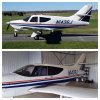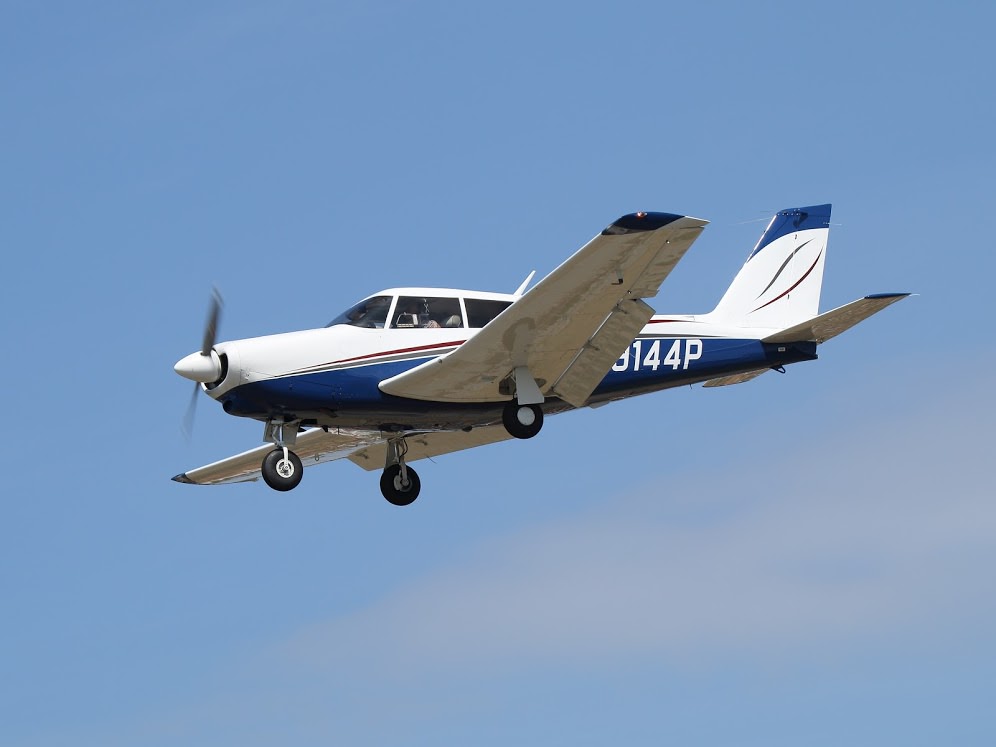JohnAJohnson
Cleared for Takeoff
Wondering if there is a downside to installing LP Aero UV Protection tinted plexiglass on a singe engine piston IFR high wing non air-conditioned airplane. I'm thinking UV Protection all the way around, Gray windshield, and Dark Gray on the other locations (doors, back seat windows, and aft window).
Would this be problematic at night, or are there any disadvantages to doing this?
Would this be problematic at night, or are there any disadvantages to doing this?




